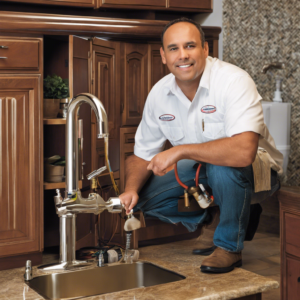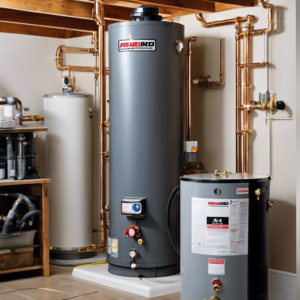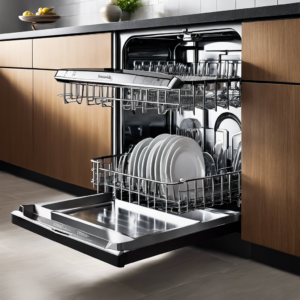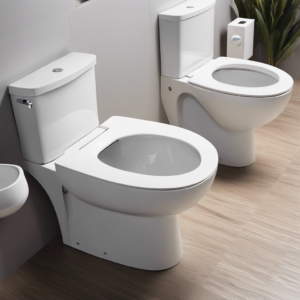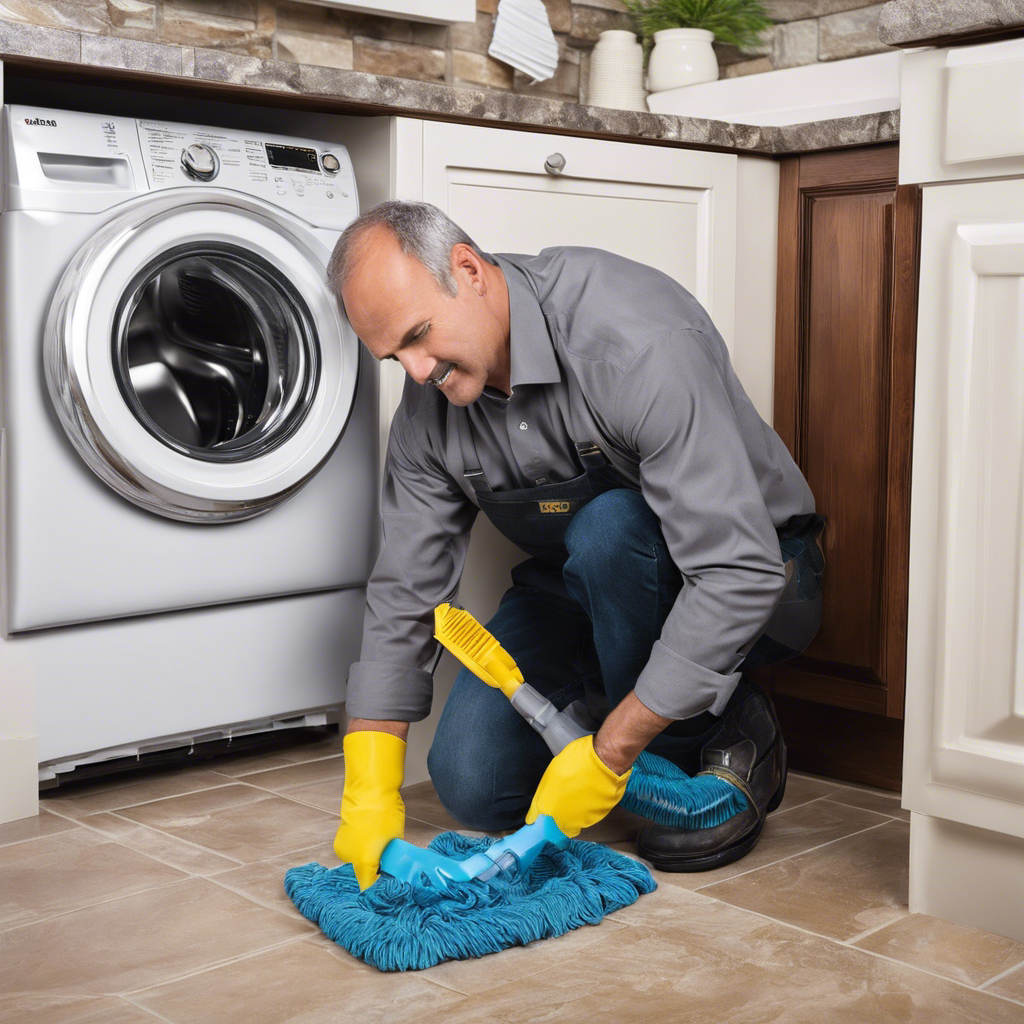
A clogged washer drain is one of the most common washing machine issues homeowners face. Standing water, backed-up sinks, and overflowing washers are clear signs your drain line needs attention. Unclogging the drain yourself using everyday household items can save you the hassle and cost of a service call. This guide will walk you through the symptoms of a clogged washer drain, multiple DIY drain cleaning methods, preventative maintenance tips, and when to call for professional help. Follow these 10 tips to keep your washing machine drainage system clear and running smoothly.
How to Identify a Clogged Washer Drain
Recognizing the Symptoms of a Clogged Drain
– Standing water in the washer drum after the cycle finishes
– Water overflowing from the washer onto the floor
– Backed up water in sinks, tubs, and floor drains
– “Sd” or “Sud” error code displayed on digital display
– Excess moisture around rubber door seal
– Musty odor coming from washer
Checking for Standing Water in the Washer
To confirm the drain itself is blocked, run a drain only cycle. If water remains pooled in the drum rather than draining out, the drain line needs to be cleared. Checking for standing water helps distinguish a clogged drain from other potential washing machine issues.
Inspecting the Drain Hose for Blockages
Visually scan the flexible drain hose running from the washer to drain pipe or standpipe for kinks and clogs. Kinks restrict water flow while accumulated lint, soap scum, and other debris cause drain line clogs. A clogged drain hose keeps wastewater from exiting the washer properly.
DIY Methods to Unclog a Washer Drain
Before calling a plumber, try these simple DIY techniques to clear clogs:
Using a Plunger to Clear the Clog
Place a wet rag around the drain opening to form a tight seal. Vigorously plunge up and down over the drain entrance inside the washer drum to dislodge the clog. Repeat several times to unclog the line fully.
Utilizing a Drain Snake for Stubborn Clogs
For deeper clogs a standard plunger can’t reach, use a flexible drain snake. Feed the coil down the drain line opening in the washer drum. Turn the handle as you push the auger forward and back to catch debris and clear blockages lodged deep inside the drain.
Applying Hot Water and Vinegar to Dissolve Buildup

Mix 1 cup white vinegar with very hot water in a large bucket. Carefully pour the hot vinegar solution directly into the washer drum. Let soak for 30 minutes then run a full wash cycle to flush away dissolving clogs. The acidic vinegar dissolves soap scum while the hot water liquefies grease clogs.
Clearing the Drain Trap to Remove Debris
The curved pipe behind the washer is known as the drain trap. This U-shaped bend catches lint, hair, coins, socks and other objects that can snag on the protective screen built into the drain line entrance inside the washer. Unclip this easily accessible pipe and remove all debris.

Flushing the Drain with Baking Soda and Hot Water
Baking soda and hot water make an easy, non-toxic drain cleaner you can mix up from ingredients in your pantry. Pour 1 cup baking soda down the washer drain then add 2 quarts hot water. Let sit for 10 minutes before running a full wash cycle to flush away grime. The baking soda and water create a fizzing chemical reaction that breaks down residue.
Preventive Measures to Avoid Future Washer Drain Clogs
Clogged washer drains don’t have to become a repetitive headache when you follow these clog prevention tips:
Regularly Cleaning the Lint Trap and Drain Hose
Clean the lint trap before each load of laundry and scrub out the drain hose monthly. Remove accumulated lint and debris manually rather than letting it build up and cause a clog. Pay special attention to the drain hose connection point.
Avoiding Common Mistakes Leading to Clogged Drains
Prevent clogs by skipping these all-too-common laundry mistakes:
– Overloading the washer drum with too many clothes
– Forgetting to empty pockets containing coins, pens, chapstick, etc.
– Using too much detergent so excess suds can’t drain properly
– Allowing lint to accumulate in the trap and drain hose
– Pouring grease or hair straight down the drain
– Mixing products like bleach and vinegar that react and solidify
Understanding the Role of a Mesh Filter in the Drainage System
Many newer washing machines now come equipped with a mesh filter inside the drain pump to catch debris before entering the home’s drainage system. This filter needs periodic cleaning, especially if you notice poor drainage. Consult your owner’s manual for proper filter removal and cleaning. Neglecting this crucial maintenance can cause premature pump failure.
Using a Plunger as a Preventive Measure for Minor Clogs
Don’t wait for a full clog to take action. Using a plunger once a month helps maintain free flowing drainage by dislodging small clogs before they grow into major blockages. Preventive plunging removes sediment so it doesn’t accumulate.
When to Call a Professional Plumber for Washer Drain Issues
While many clogs can be cleared with some DIY elbow grease, call in a professional plumber if:
Assessing the Severity and Complexity of the Drain Clog
If you’ve tried every home remedy with no results, the clog may require mechanical drain cleaning equipment beyond standard snaking. Professionals have commercial grade snakes that reach deeper into drain lines with more power to clear years of accumulated gunk DIY methods can’t tackle.
Recognizing the Limitations of DIY Washer Drain Unclogging
Snaking the drain line from inside the household is only effective for clogs within the first 6-10 feet of pipe. Anything beyond this or in the main sewer line requires professional equipment. Don’t attempt to disconnect or manipulate drainage pipes on your own.
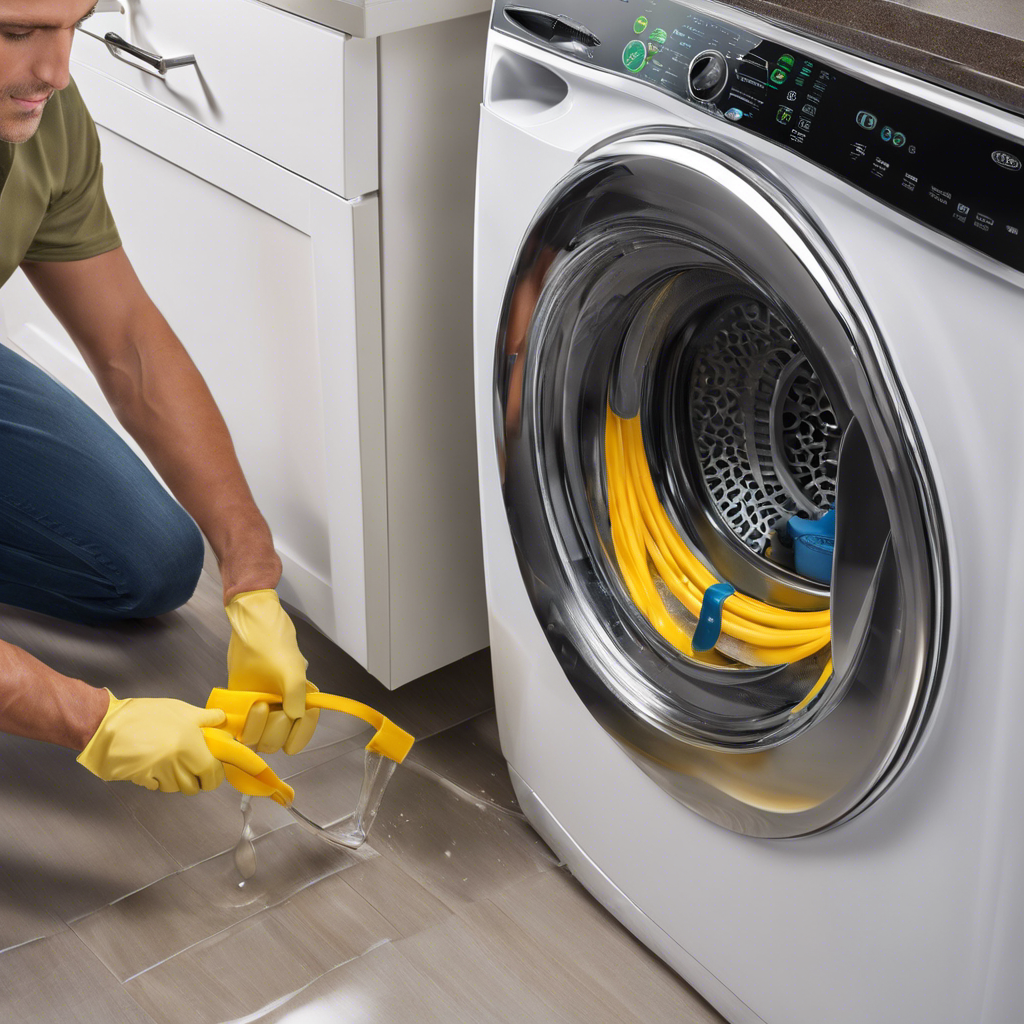
Understanding the Importance of Professional Drain Cleaning
A serious clog accompanied by sewer backup may also involve blockages in the larger building drainage system only a professional has the tools to clear. A plumber can also diagnose issues like pipe damage or failure causing chronic clogs.
Dealing with Persistent Clogs in the Washer Drain Line
If you find yourself plunging monthly or dealing with recurring clogs in the same area, a bigger underlying issue needs to be addressed. This could signify deteriorating pipes allowing debris to snag repeatedly. Let the experts inspect and remedy the source of the problem.
Essential Maintenance Tips for Long-Term Washer Drain Health
– Go beyond a quick fix by making drain care a regular routine:
– Establishing a Regular Schedule for Drain and Washer Maintenance
– Mark your calendar to check the drain hose and clean the pump filter every 6 months. Set an annual appointment for a professional drain cleaning to prevent more headaches.
Choosing Suitable Cleaning Products for the Washing Machine Drain
Skip commercial drain cleaners, which can damage pipes long-term. Opt for natural solutions like baking soda, vinegar, and hot water instead. Only use drain maintainer enzymes and foaming cleaners specifically formulated as washing machine safe.
An ounce of prevention is truly worth a pound of cure when it comes to washer drains. Stay diligent in keeping your drainage system well maintained. Your efforts will pay off in the long run by enhancing operational efficiency and extending its lifespan.
Understanding the Impact of Hard Water on the Washer Drain System
Mineral deposits from hard water build up inside drain lines and hoses over time, eventually impeding water flow. Prevent this by periodically flushing the drain with a descaling vinegar solution. Water softening systems also minimize hard water damage.
Ensuring Proper Installation and Maintenance of the Drainpipe
Faulty installation or connections can lead to chronic drainage issues. Ensure all joints are watertight, pipes are properly supported, and the standpipe meets code requirements. Check fittings haven’t come loose allowing lint to sneak past and clog further downstream.
Frequently Asked Questions About Unclogging Washing Machine Drains
What is the easiest way to unclog a washing machine drain?
The easiest DIY method is to fill a bucket with hot water, add 1 cup white vinegar, then slowly pour down the washer drain. Let soak 30 minutes before running a wash cycle to flush the drain. The acidic vinegar dissolves soap buildup.
How do you clean a smelly washing machine drain?
Eliminate odors by pouring 1⁄2 cup baking soda followed by 1⁄2 cup white vinegar directly into the drain. Let bubble for 10-15 minutes then rinse with hot water to flush away grime and bacteria causing smells.
Why does my drain get clogged after every load?
Frequent clogs point to an underlying issue like a failing drain pump, cracked hose, or misaligned pipe allowing lint and debris to continually snag. Have a professional inspect and repair the source of the problem.
What should you not put down the washing machine drain?
Avoid pouring fats, oils, grease, hair, lint, feminine hygiene products, paper, sediment, toys, money, gravel, detergent pods, and fabric softener sheets down the drain. These commonly clog drains.
Can I use Drano to unclog my washing machine drain?
No. Commercial drain cleaners like Drano contain harsh chemicals corrosive to the plastic and rubber components of washing machine drainage systems. Use homemade drain cleaning solutions instead.
Why is my washing machine overflowing and not draining?
Standing water from an overflowing washer drum signals the drain line needs to be cleared immediately. A clog is preventing wastewater from exiting through the drain hose during spin cycles.
How do you clean a front load washing machine drain filter?
Locate the filter door near the bottom front of the machine. Set a towel beneath to catch water then loosen the filter by turning counterclockwise. Rinse debris from filter under tap before reinserting.
How often should I clean my washing machine drain pump filter?
For optimal performance, clean the drain pump filter every 2-3 months minimum to prevent clogs and remove built up residue in your washing machine. Clean more frequently if dealing with drainage issues.
What happens if I don’t clean my washing machine filter?
Neglecting this crucial maintenance will allow lint and debris to accumulate, leading to a clogged pump, standing water, foul odors, and drainage problems. Catch issues early by inspecting filters regularly.
Why does my washer keep clogging in the same spot?
If you continually deal with clogs in the same area, suspect a damaged drain hose, poor connections, or a misaligned standpipe. Have a professional diagnose and remedy the root cause rather than only clearing clogs as they occur.

